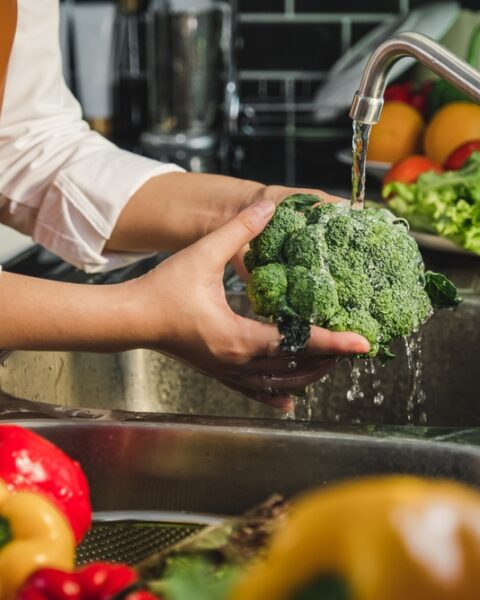Cooking tomatoes might seem simple, but there are a lot of little mistakes that can really mess things up. Whether you’re making a fresh salsa, a hearty sauce, or just adding tomatoes to a salad, it’s important to know the common pitfalls. With a few tips from chefs, you can avoid these mistakes and make your tomato dishes taste amazing. These insights will help you get the best flavor and texture every time.
Contents
- 1 Using the Wrong Type of Tomato
- 2 Not Removing the Skin
- 3 Overcrowding the Pan
- 4 Using Low-Quality Canned Tomatoes
- 5 Not Seasoning Properly
- 6 Not Using Ripe Tomatoes
- 7 Cutting with the Wrong Knife
- 8 Overcooking Tomatoes
- 9 Not Peeling Tomatoes for Sauces
- 10 Ignoring Tomato Seeds
- 11 Not Adjusting Cooking Times for Different Tomatoes
- 12 Using the Wrong Cooking Method
- 13 Not Tasting and Adjusting Seasoning
- 14 Discarding Tomato Juice
- 15 Not Considering Acidity Levels
- 16 More From RetailShout
- 17 The Most Iconic Ice Cream Flavor in Every State
- 18 21 Easy Weeknight Dinners That Make Perfect Family Meals
Using the Wrong Type of Tomato

Choosing the wrong type of tomato can significantly affect the flavor and texture of your dish. Each variety of tomato has unique characteristics, such as acidity, seed content, and firmness. For sauces and soups, Romas, heirloom varieties, or tomatoes on the vine are ideal due to their lower acidity and firmer flesh. For fresh dishes like salsa, plum tomatoes are a good choice because of their meaty texture. For salads, cherry or grape tomatoes are perfect due to their bite-sized nature.
Not Removing the Skin
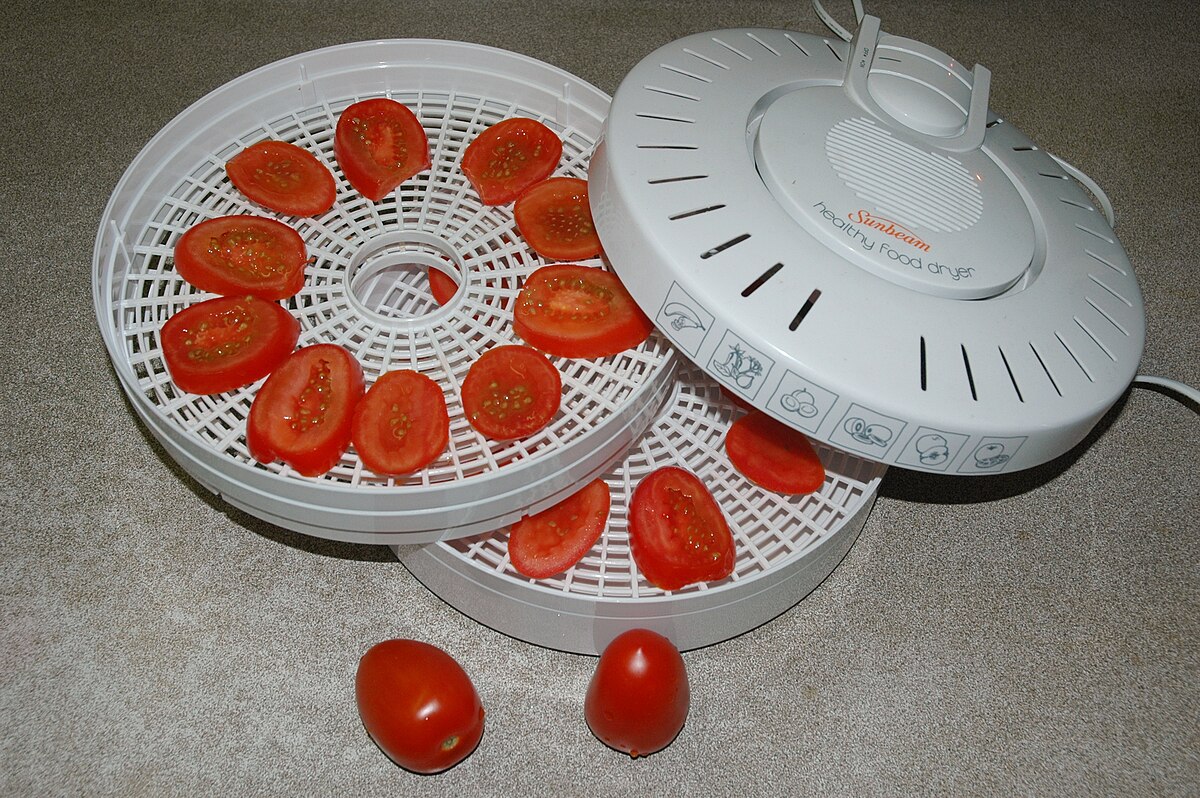
Tomato skins can be tough and unpleasant in certain dishes, such as sauces and soups. They do not break down easily during cooking and can add an unwanted texture. Blanching tomatoes in boiling water for a few seconds and then transferring them to an ice bath makes peeling much easier. Skipping this step can result in a less refined final dish. Additionally, removing the skins helps achieve a smoother consistency.
Overcrowding the Pan
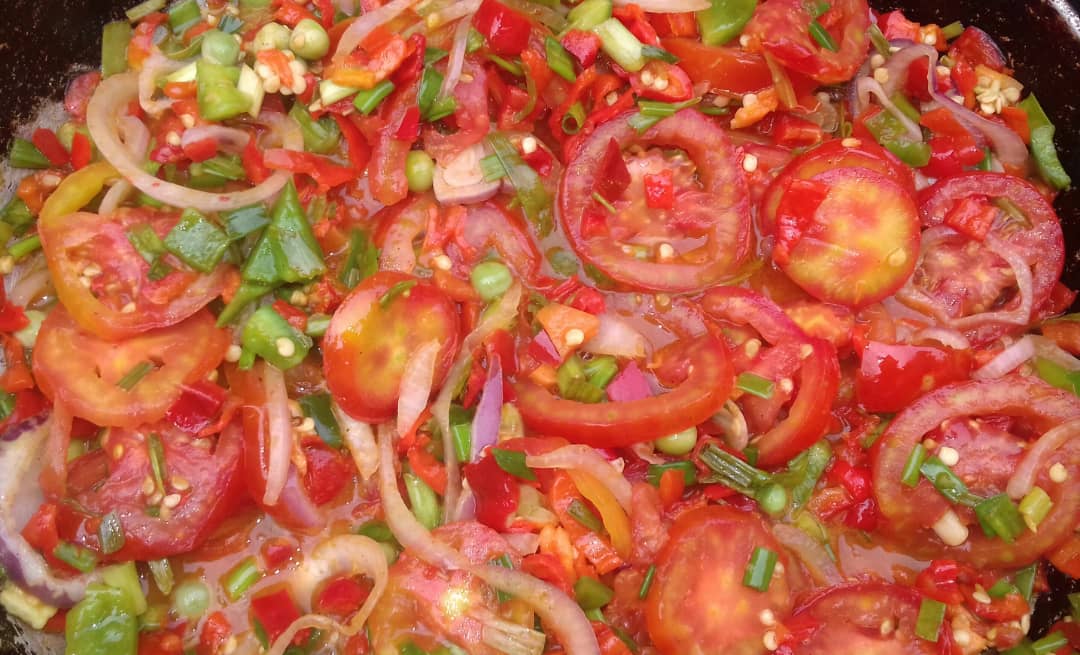
When roasting or sautéing tomatoes, overcrowding the pan can lead to steaming rather than caramelizing. This prevents the tomatoes from developing a rich, concentrated flavor. It’s essential to give tomatoes enough space to allow moisture to evaporate. Using a large enough pan or working in batches ensures better results. Proper caramelization enhances the natural sweetness of the tomatoes.
Using Low-Quality Canned Tomatoes
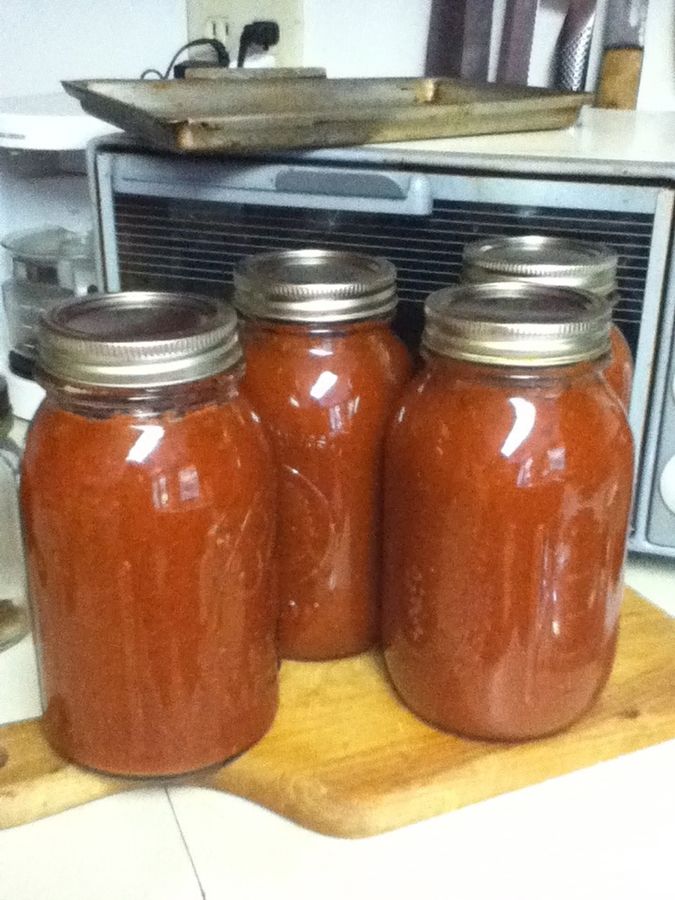
Not all canned tomatoes are created equal. Low-quality brands may contain added water, preservatives, or under-ripe tomatoes, affecting the flavor and texture. Checking labels for minimal ingredients and opting for high-quality brands like San Marzano can make a significant difference. These premium tomatoes are known for their superior taste and are worth the extra cost. Investing in good canned tomatoes enhances the overall quality of your dish.
Not Seasoning Properly
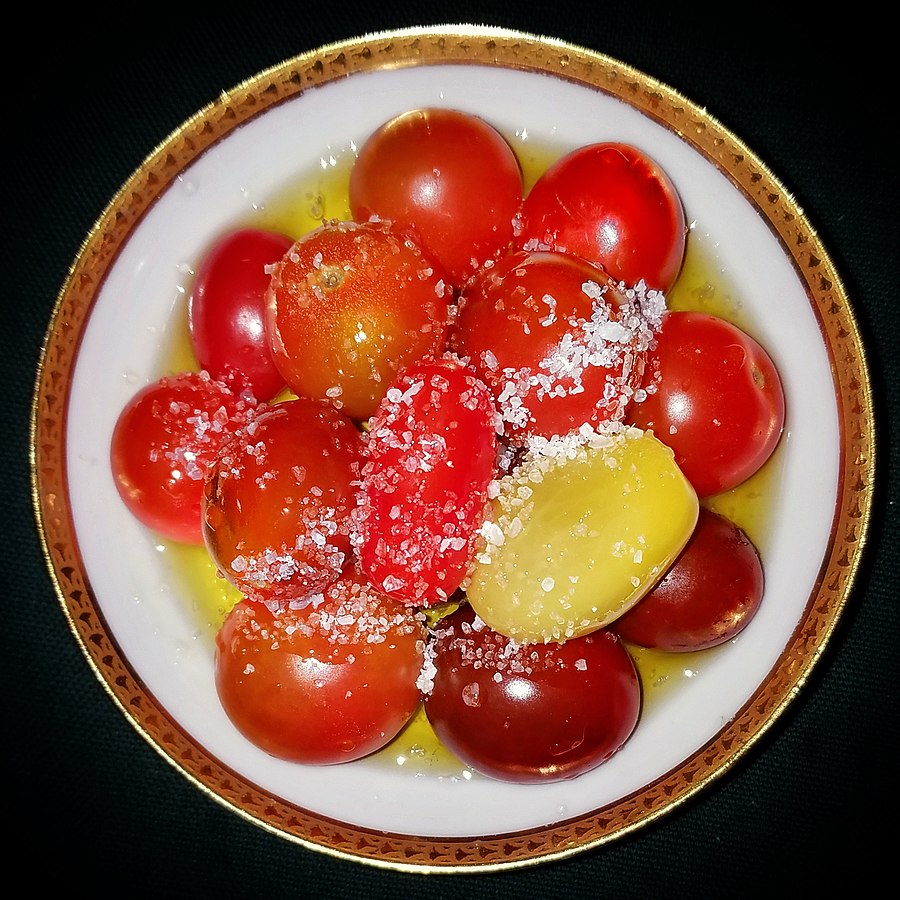
Tomatoes benefit greatly from proper seasoning. Failing to season tomatoes adequately can result in bland dishes. Adding salt not only enhances the natural flavor of tomatoes but also helps draw out excess moisture. This is especially important in dishes like tomato sauces and salads. Balancing acidity with a pinch of sugar can also improve the overall taste.
Not Using Ripe Tomatoes
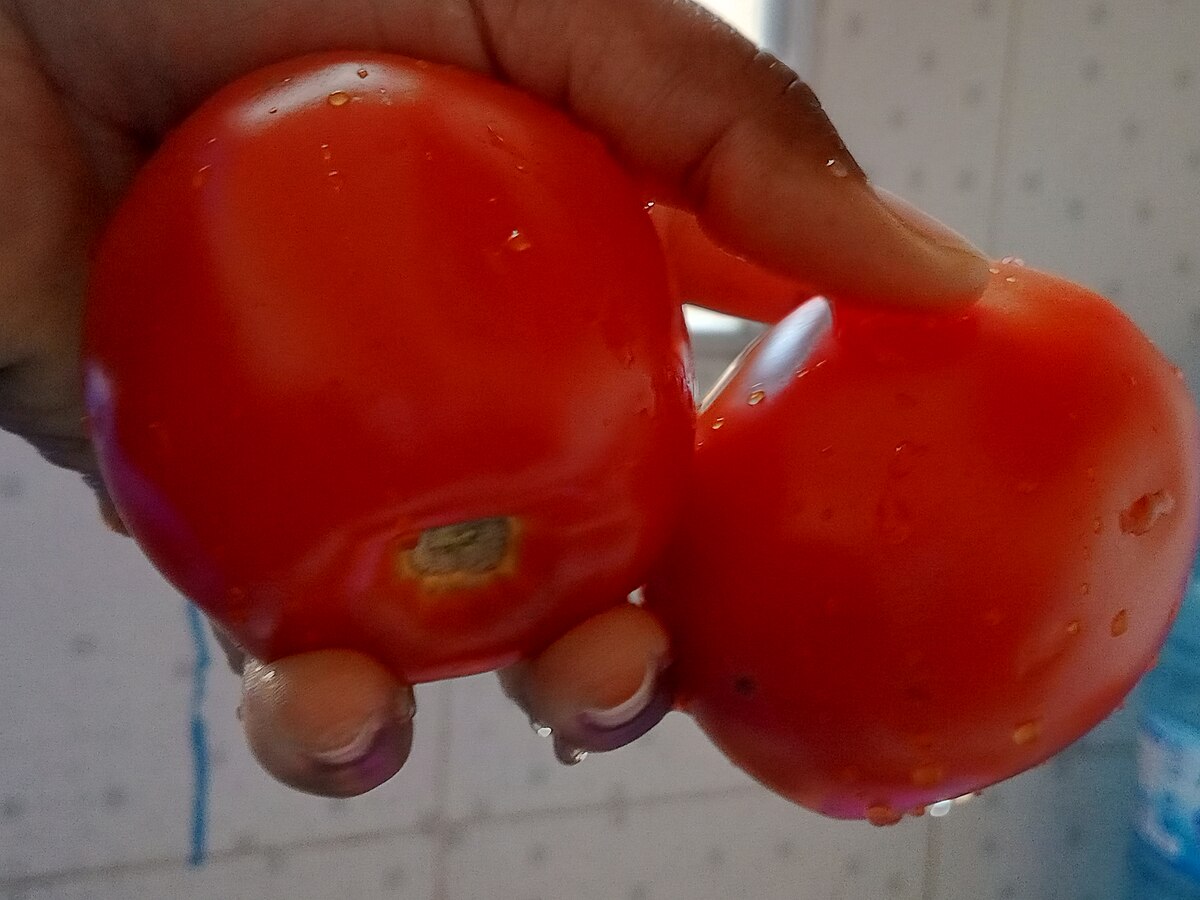
Using under-ripe tomatoes can lead to dishes that lack flavor and sweetness. Ripe tomatoes are juicy, sweet, and full of flavor, making them essential for most recipes. To check ripeness, gently squeeze the tomato; it should yield slightly under pressure. A ripe tomato will also have a rich, deep color. Using tomatoes at their peak ripeness ensures the best taste and texture.
Cutting with the Wrong Knife
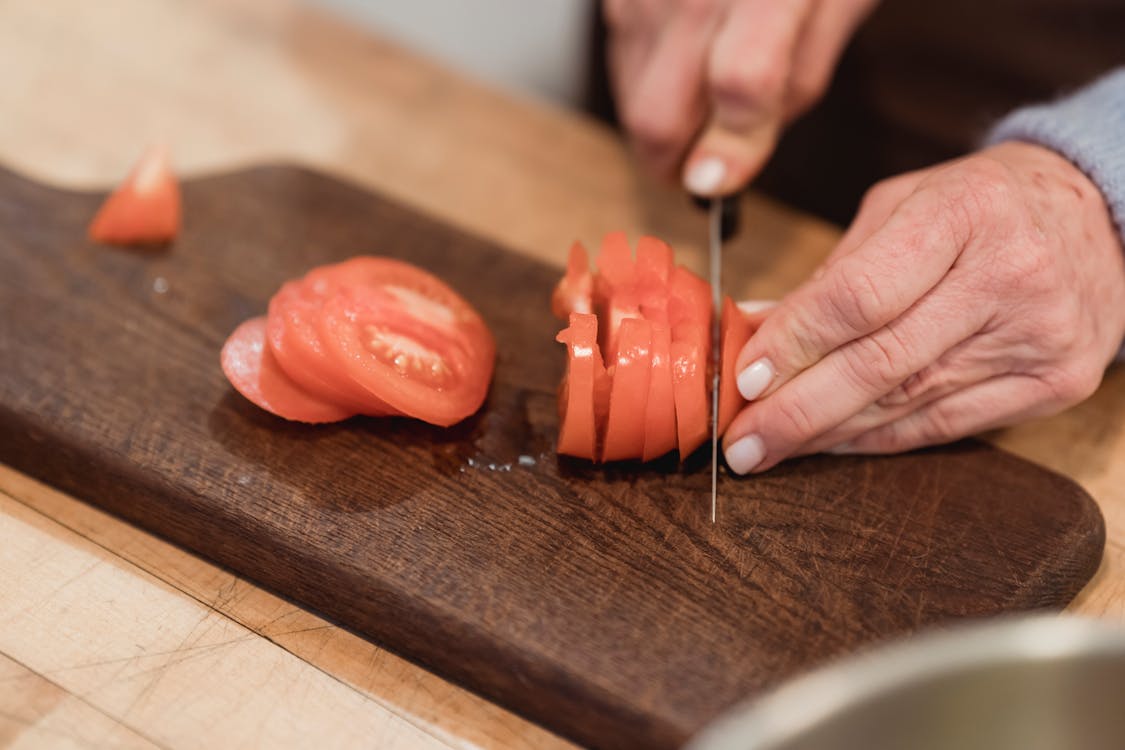
Using a dull or inappropriate knife can crush the tomatoes and cause unnecessary mess. A sharp serrated knife or a tomato knife is ideal for slicing through the delicate skin and flesh without squishing the tomato. This helps maintain the tomato’s structure and appearance in salads and sandwiches. Proper knife skills also ensure even cooking and better presentation.
Overcooking Tomatoes
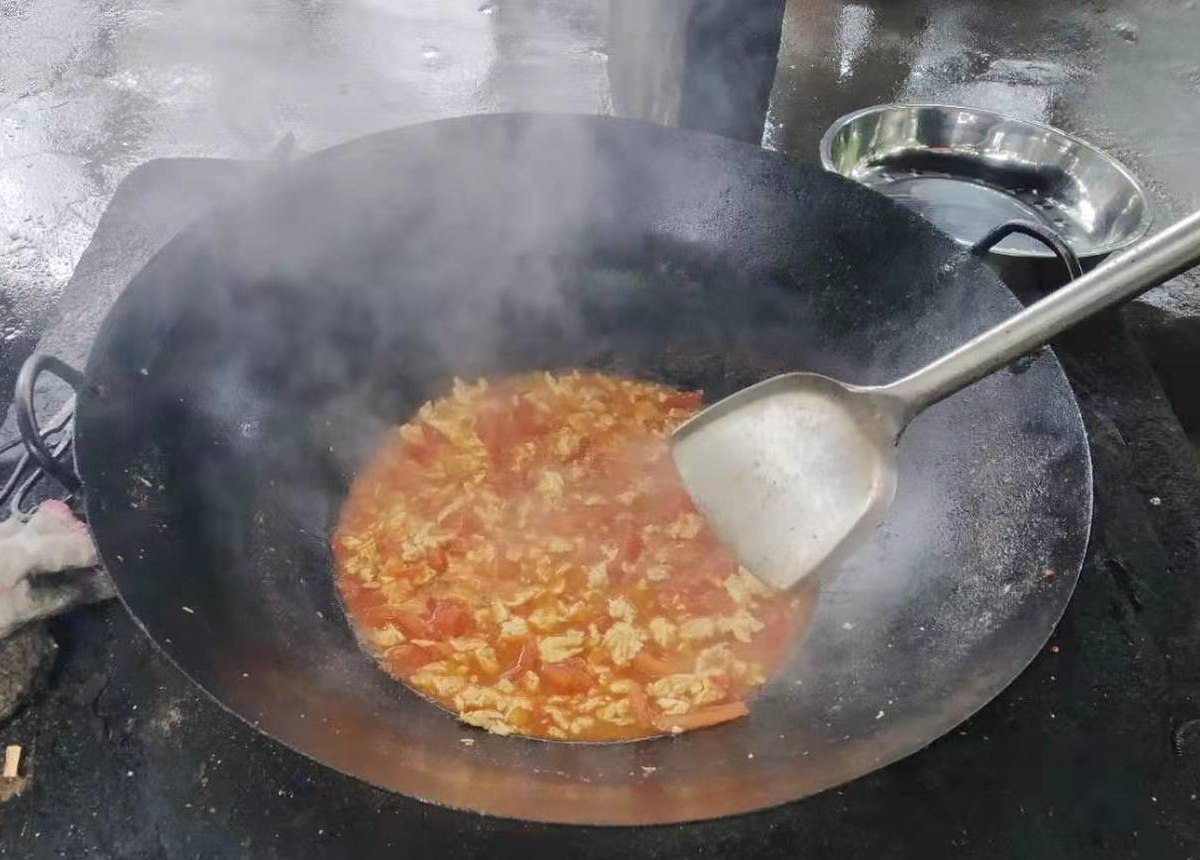
Overcooking tomatoes can break down their structure too much, resulting in a mushy texture and loss of fresh flavor. It’s important to cook tomatoes just long enough to release their juices and meld flavors without turning them into mush. For sauces, simmering gently is key, while roasting should be done at a high temperature for a short duration. Preserving the integrity of the tomatoes enhances the overall dish.
Not Peeling Tomatoes for Sauces
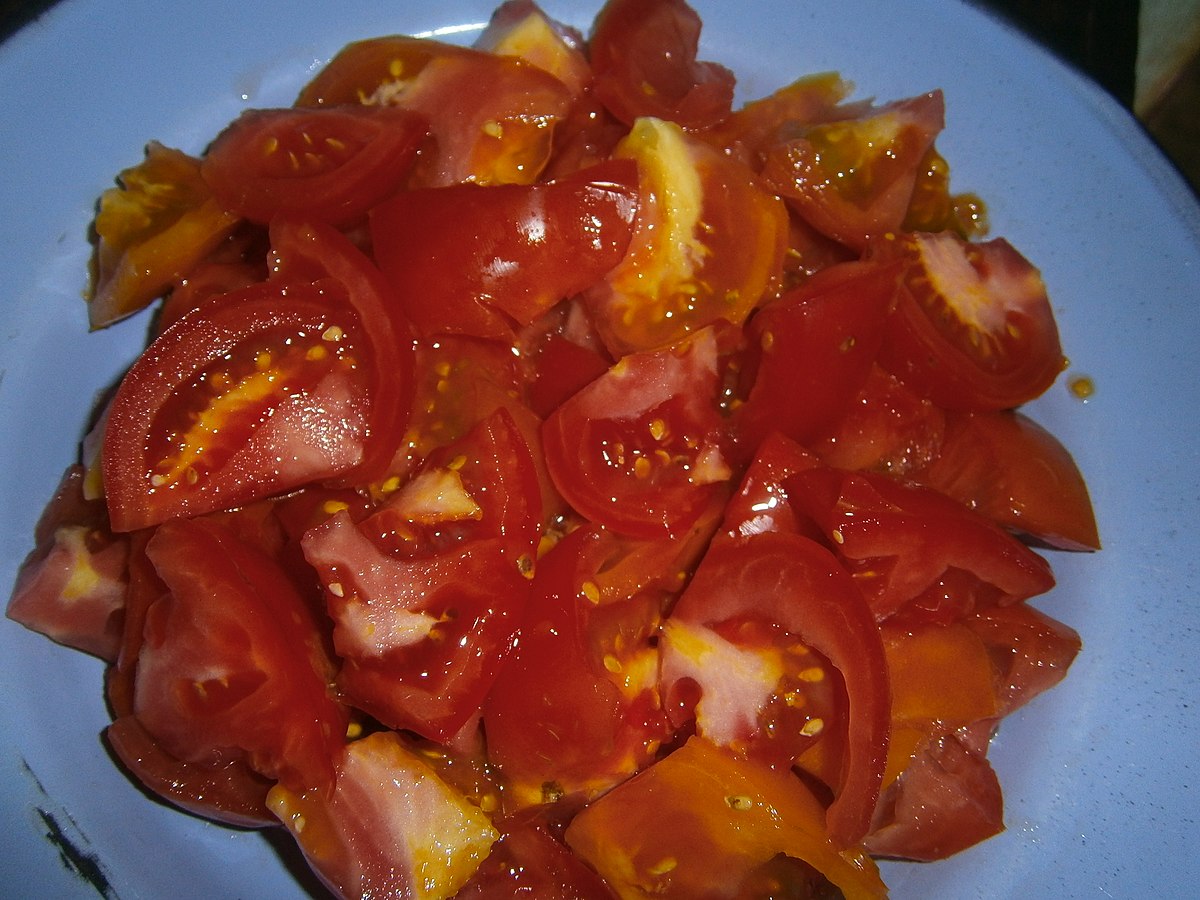
Leaving the skins on tomatoes when making sauces can result in an unpleasant texture. The skins do not break down well and can remain tough and chewy. Peeling tomatoes before cooking ensures a smooth, consistent sauce. Blanching tomatoes briefly in boiling water makes the skins easy to remove. This extra step results in a more refined final product.
Ignoring Tomato Seeds
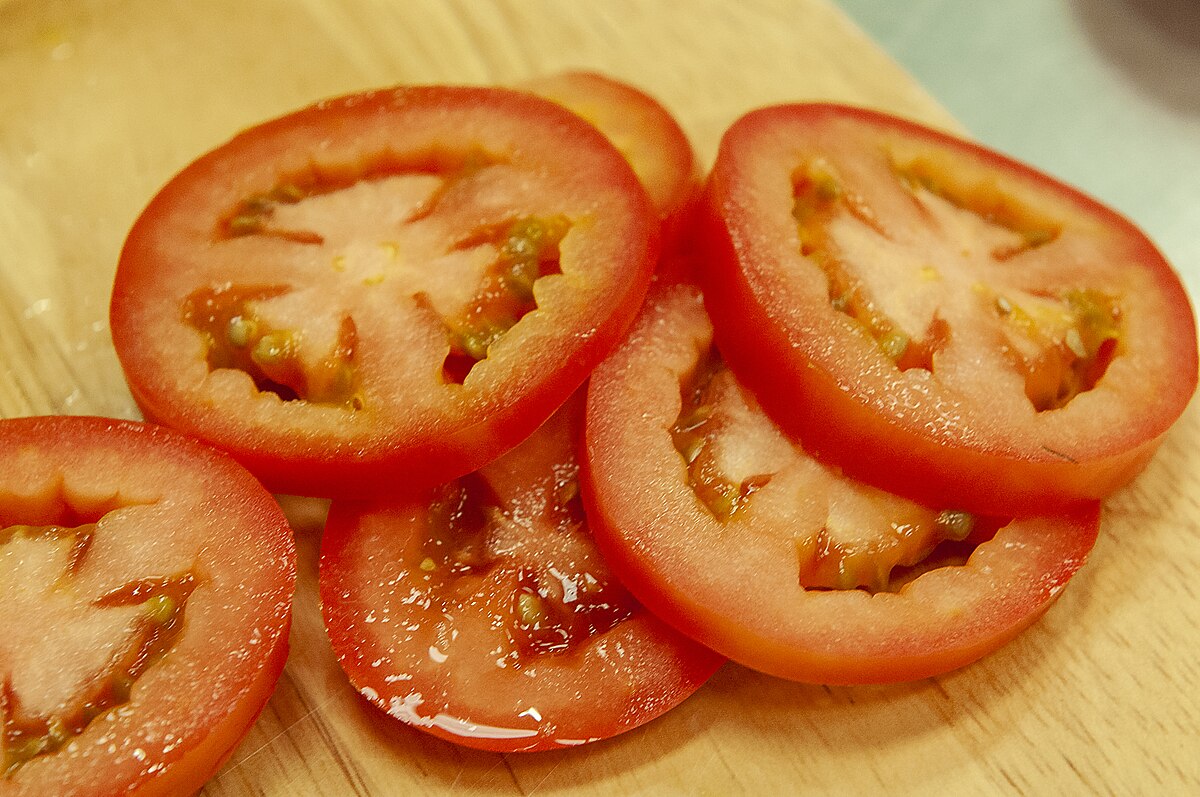
Tomato seeds can add unwanted bitterness and affect the texture of dishes. While some recipes benefit from the added flavor of seeds, others, like sauces and soups, are better without them. Using a strainer or a spoon to remove seeds before cooking can improve the final dish. This is particularly important in smooth sauces where a consistent texture is desired.
Not Adjusting Cooking Times for Different Tomatoes

Different tomato varieties have different water content and textures, requiring adjustments in cooking times. For example, cherry tomatoes cook faster than beefsteak tomatoes. Failing to adjust cooking times can lead to undercooked or overcooked tomatoes. Paying attention to the specific characteristics of the tomatoes used ensures they are cooked perfectly. This helps achieve the desired consistency and flavor.
Using the Wrong Cooking Method

Different recipes call for different cooking methods for tomatoes. For instance, roasting brings out the natural sweetness, while stewing concentrates flavors. Using the wrong method can result in a dish that lacks depth and complexity. Understanding the best techniques for the specific dish enhances the overall outcome. Matching the cooking method to the recipe ensures optimal flavor and texture.
Not Tasting and Adjusting Seasoning

Failing to taste and adjust seasoning throughout the cooking process can lead to an imbalanced dish. Tomatoes have varying levels of sweetness and acidity, so it’s essential to taste and adjust seasoning as needed. Adding salt, sugar, or acidity like vinegar or lemon juice can enhance the final flavor. Regular tasting ensures the dish is well-balanced and delicious.
Discarding Tomato Juice
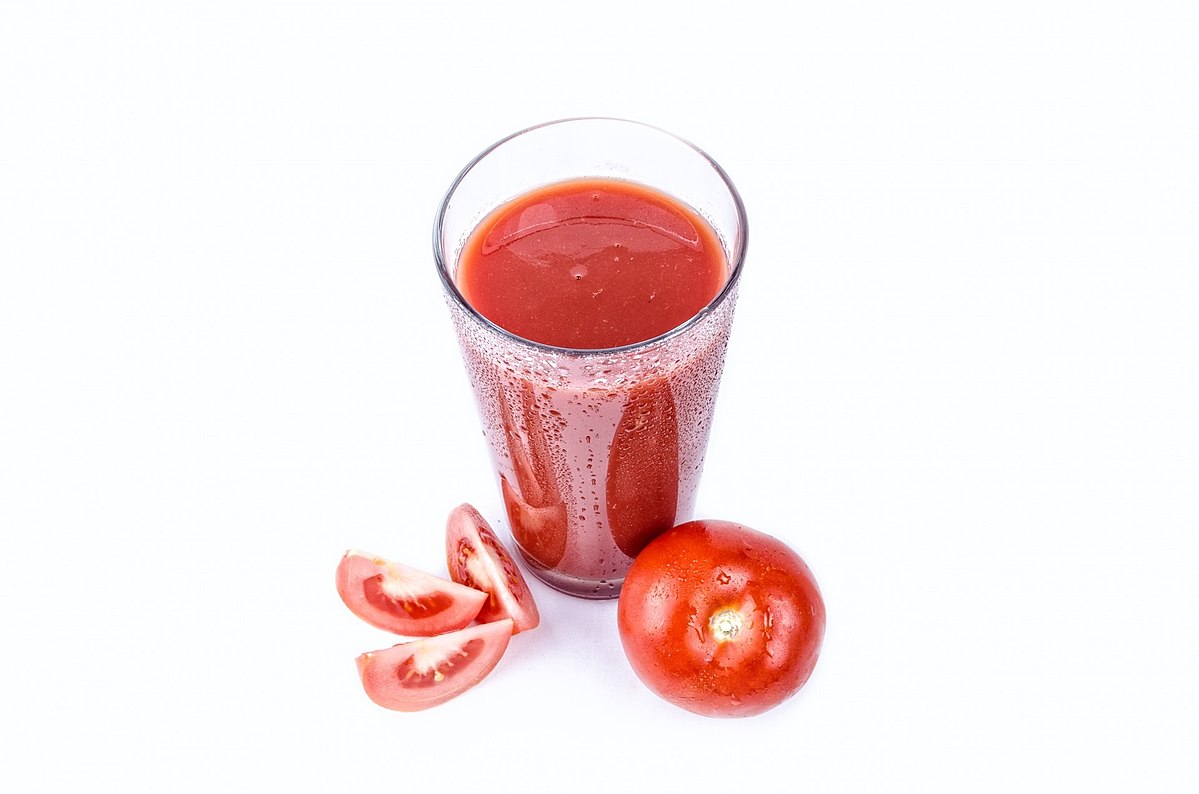
The juice from tomatoes is full of flavor and can enhance many dishes. Discarding it is a missed opportunity to add depth to your cooking. Tomato juice can be used in soups, sauces, or even cocktails like Bloody Marys. Incorporating the juice maximizes the use of the whole tomato and enhances the overall flavor profile.
Not Considering Acidity Levels
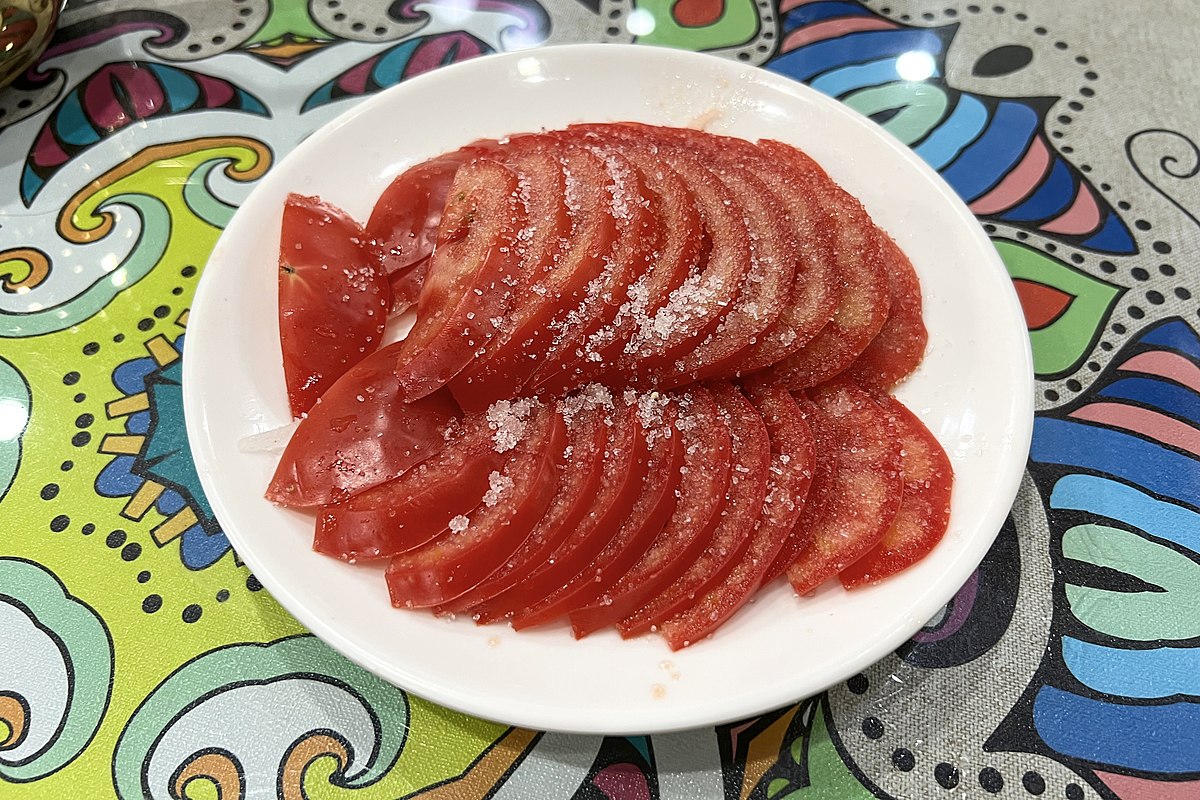
Tomatoes vary in acidity, and not adjusting for this can result in overly acidic dishes. Balancing acidity with a touch of sweetness or fat can improve the final flavor. Adding a pinch of sugar or incorporating ingredients like cream or butter can mellow the acidity. Understanding and adjusting for the natural acidity of tomatoes ensures a well-rounded and pleasant dish.
This article originally appeared on RetailShout
More From RetailShout
28 Timeless Pie Recipes We Still Love Today
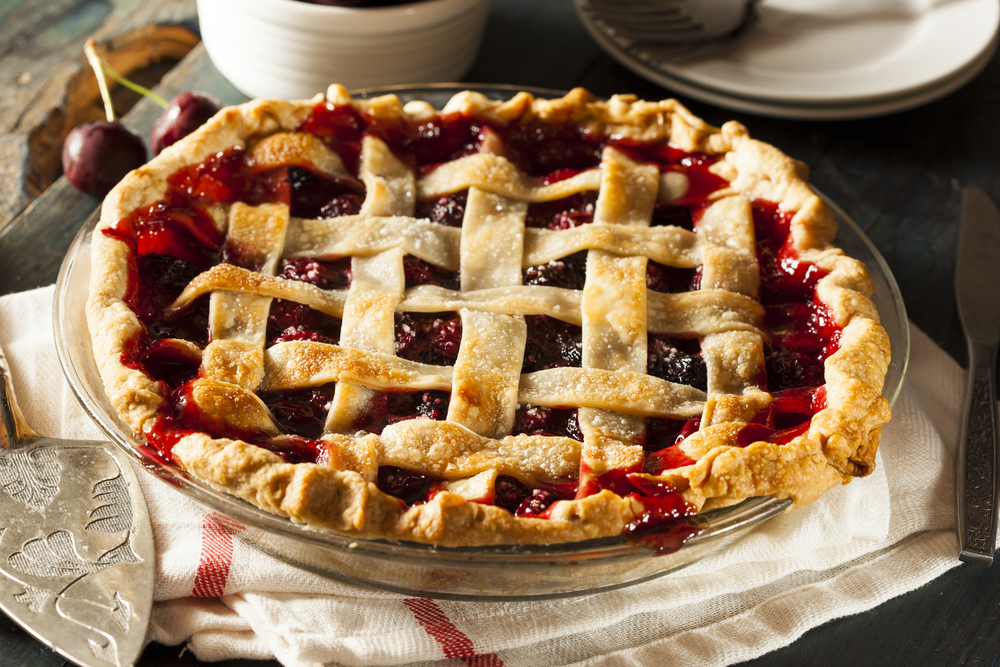
If you’re a fan of classic desserts, you’ll love these vintage pie recipes we still make today. These timeless treats have been passed down through generations and continue to delight with their rich flavors and comforting textures. Read More.
The Most Iconic Ice Cream Flavor in Every State

If you’re an ice cream lover and curious about the favorite flavors across the United States, then you’re in for a treat. This guide is perfect for discovering new flavors and understanding the regional favorites that make each state’s ice cream scene special. Read More.
21 Easy Weeknight Dinners That Make Perfect Family Meals

Sometimes, after a long day, the last thing you want to do is spend hours in the kitchen. But don’t worry, I’ve got your back! Here’s a collection of easy weeknight dinners that are perfect for family meals. Read More.




